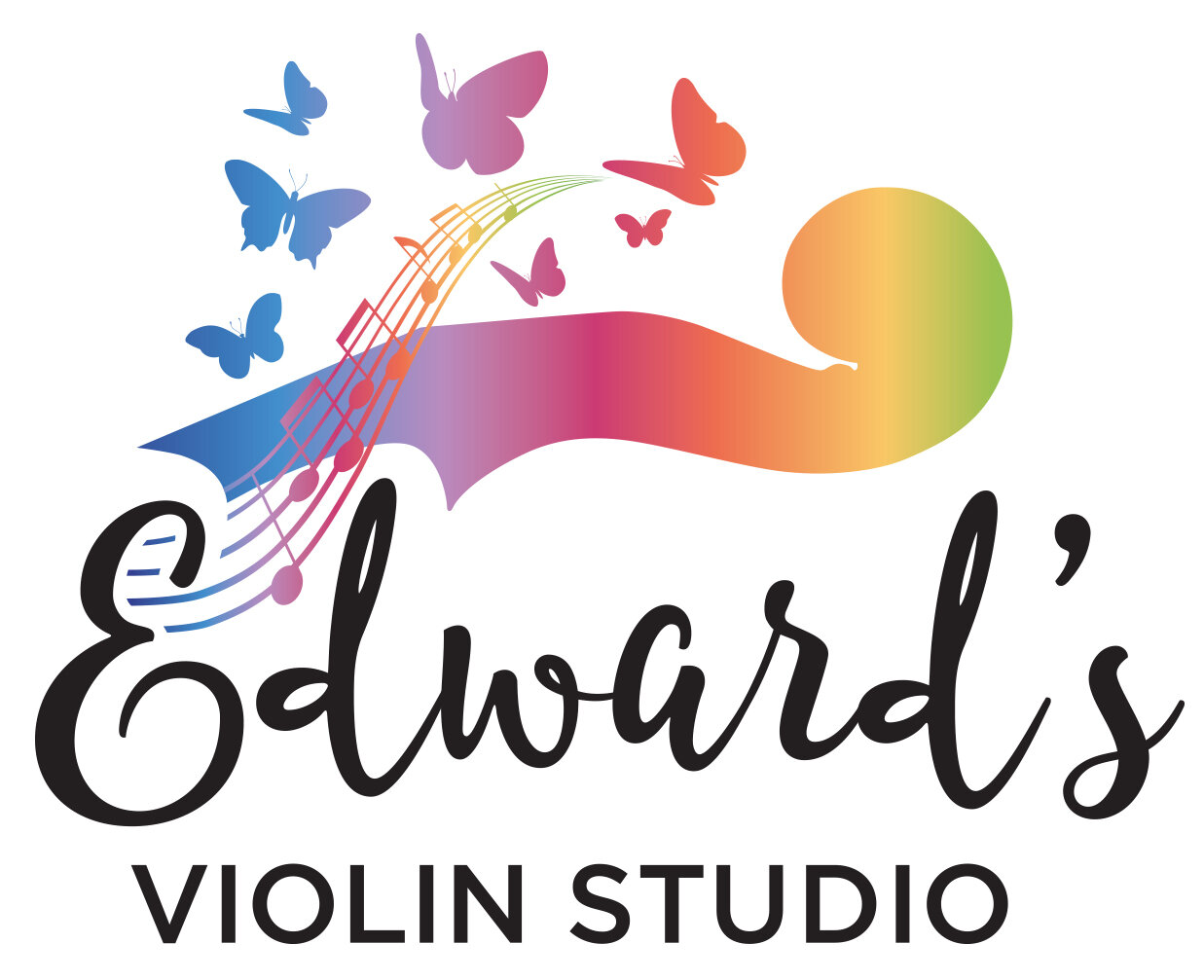NO-fault practice
The Gift of Easeful Practice, Part 2.
What if mindful practice made it easier? This series is about mindfulness and music, how to drop into a space that is more easeful, and letting yourself experience practice in a different way. Though I speak as a violinist, these principles apply across every instrument.
Image: Tobias Reich @electerious
The Fear of Fault
You’ve felt it before: fear of playing incorrectly causes us to contract and tighten up. What will they think?
Sometimes this contraction is acute in the body, even producing pain, and other times it is quite subtle, something that happens in the interior of the person. Suddenly we aren’t as expressive, not playing our best, and we might even feel our bodies “betraying” us with shakes and shivers, excessive locking of joints, and so on.
Over time this fault-finding will cause physical repetitive stress injury. However, the cause is not structural, but emotional. We are causing creative trauma that comes from accepting the validity of fault-finding.
Just information
What if we looked at everything that happens when we play as—just information? Just another kind of sensory experience. We may wish to adjust it, but that doesn’t mean we have moved from being wrong to being right. We have just modified the experience.
What if we looked at everything that happens when we play as—just information?
Labeling it as “right”, “wrong”, “better” or “worse” is just thinking, categorizing, abstracting with our mind.
If the word “information” is a bit sterile—it sounds like computer bits and bytes to me—use a different one. Experience, sensing, sounds, whatever word you choose, it’s all the fruit of the earth.
Experience, minus the thinking
“I want no brain in this passage,” said one of my Suzuki teachers. “If you’re thinking about it, it’s too late!”
Mindfulness practitioners will recognize this angle: find your direct experience, minus your thinking. Practice is to receive and empower this immediate, embodied experience.
Consider animals. They are simply in their environment, doing what they do. Their intentions and actions are one. They do not sit around finding ways to praise and blame themselves. Only we humans twist our brains into knots over whether things are correct or incorrect.
If there is no fault—only what happens—then we remain free to be present to the music, just as animals are present to nature.
By the way, guided practice with an experienced teacher is part of the no-fault way. The way of guidance is included in mindfulness. This is another way of taking the pressure of thinking off your own shoulders.
If you have anxiety
We give our bodies a great deal of stress by demanding perfection from them. Perfectionism is thinking (conceptualizing, idealizing) run amok. It is predicted outcomes, good and bad.
If you have any sense of contraction, fear, or anxiety while you play, try this: Release your value judgment about it, and trust your body.
Look at the photo above. The path turns this way and then that. Is left or right better? That seems a meaningless question in relation to the beauty of the scene.
Your body can be trusted. Allow your body to do what it does, wherever it may lead you. You don’t have anything to prove. You can learn to open to your body’s intelligence, to trust your body’s brain, to think IN and THROUGH your body.
Your body can be trusted. Allow your body to do what it does.
As I have opened up to my body’s experience, without finding any fault with him, I have discovered a place of solace. As I have let go of thinking, I have let go of worry and performance anxiety.
A No-Fault Recipe
The fault-finding mode in our brains is deeply scripted culturally, and a millenia-old brain adaptation. How on earth do we counteract such a difficult and stubborn habit?
Here are some practical things to try as you play:
Let go of thinking and conceptualization and just enjoy the sensory information of playing.
Look at EVERY SOUND that comes out of your instrument neutrally, as just information. Some sounds may be more pleasurable than others, but notice the tendency to go further than that: to label them with moral terms good and bad.
Think with your body. Let your fingers, arms, hands, voice, torso and so on do the thinking as you play.
Notice when you label “good” and “bad.” Try to catch these bullets mid-air, and set them down.
Don’t think about your playing when you’re not playing!
Forgive your critic when it speaks up. It’s just your brain doing its best to keep you safe.
Set aside your focus on “responsibility” and “consequences.” Do what is here, now, in front of you.
Finally, when you aren’t playing, do meditation practice. That will greatly enhance your ability to do these things while playing. More than anything else, my meditation practice has helped me let go of the fault-finding voice. It still shows up! But in a way that is much less strident, and more manageable. It no longer gets in the way of my pleasure and enjoyment in music.
Coming soon: Mindfulness For Musicians Audio! Check back to this space.

